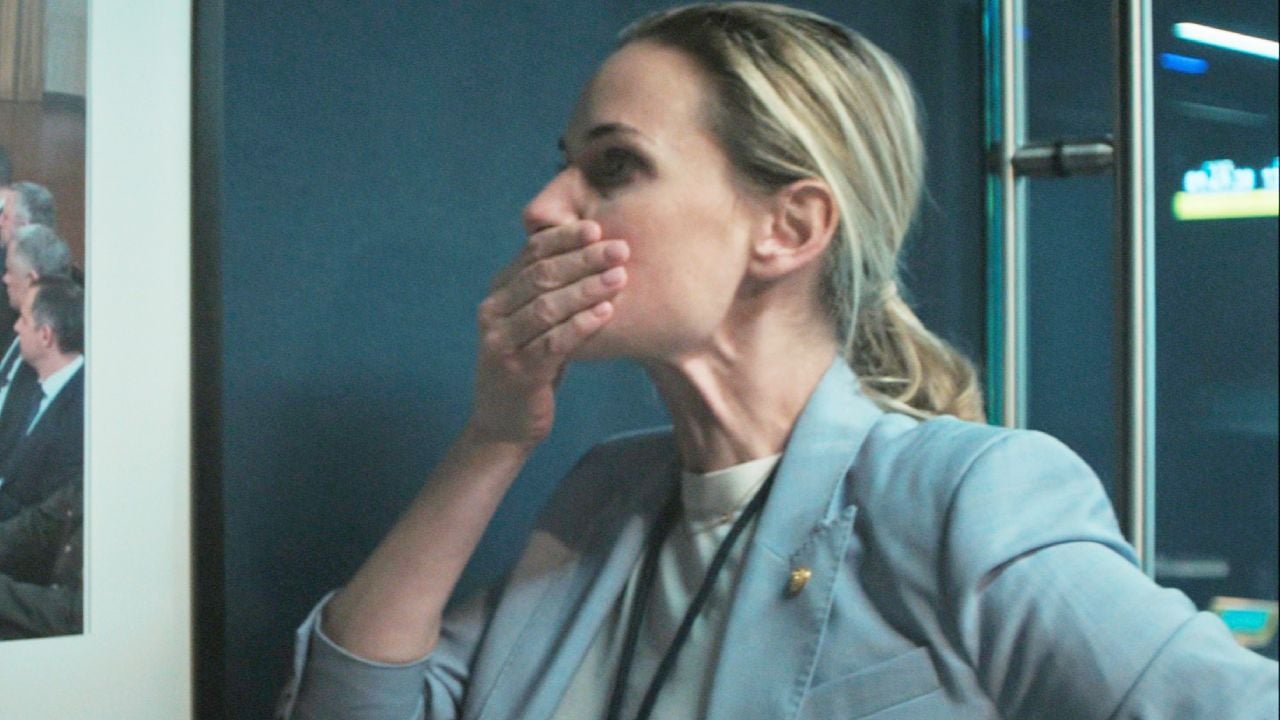Difficulties in social interaction, specific behavior patterns and interests are common signs of ASD
This Tuesday (18th) marks Autism Pride Day, a date created to reduce the stigma surrounding autism spectrum disorder. This is a condition characterized by difficulties in social interaction and communication, with disproportionate reactions to sensory stimuli.
According to the United Nations, 1% of the world’s population suffers from this disease. According to this estimate, Brazil has around 2 million autistic people – however, it is worth noting that the number is unofficial and the country does not have a single database on the disorder. In the United States, research conducted by the Centers for Disease Control and Prevention (CDC) shows that one in 36 American children suffers from ASD.
Most diagnoses of ASD are made in childhood, however, in some cases, especially when the degree of autism is mild, the disorder may go unnoticed until adulthood. More recently, as debate about the condition has increased, this late diagnosis has increased.
“With the concept of the spectrum, the diagnosis of ASD in adults has grown. Many people find an answer, a name, for various difficulties that they have carried with them throughout their lives. Generally associated with interpersonal relationships, managing adverse situations or even stimuli. After all, it is a process of self-knowledge”, explains the psychiatrist Cíntia Braga.
Next, let’s talk about the signs that can help diagnose autism in adults.

See 5 celebrities who were diagnosed with autism as adults
Signs of ASD in adults
In 2023, actress Letícia Sabatella revealed that she had been diagnosed with autism at the age of 52. She wasn’t the only celebrity to make the discovery in adulthood. Adults with ASD can be highly functional, having had the ability to learn to mask the signs of the disorder. Are they:
- Difficulties with social responsiveness: social perception, cognition, communication, interaction, and motivation;
- Restricted and repetitive patterns, which, if changed, cause intense suffering;
- Significant difficulties with external stimuli: sound, light or temperature, for example;
- Specific interests.
How is autism diagnosed in adults?
Dr. Cíntia Braga states that with the advent of social networks, diagnoses have become commonplace: “not everything that has in common with the possible symptoms of ASD will constitute a diagnosis. If some problems cause suffering, it is important to look for a qualified professional,” he says.
In the case of adults, the diagnosis is made through neuropsychological tests, applied by a qualified psychologist.
According to the professional, patients with ASD should ideally be monitored by a multidisciplinary team. “In addition to the psychiatrist, the support of psychotherapy and occupational therapy, as well as the support of nutrition and physical educator, are equally important,” says the specialist.
Source: Terra
Ben Stock is a lifestyle journalist and author at Gossipify. He writes about topics such as health, wellness, travel, food and home decor. He provides practical advice and inspiration to improve well-being, keeps readers up to date with latest lifestyle news and trends, known for his engaging writing style, in-depth analysis and unique perspectives.









